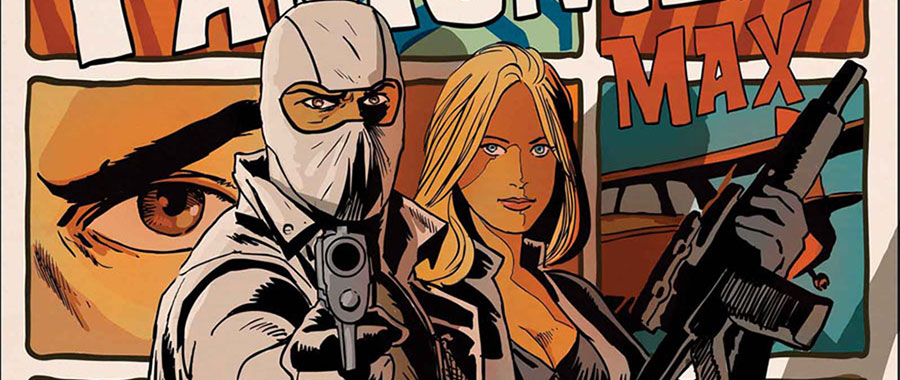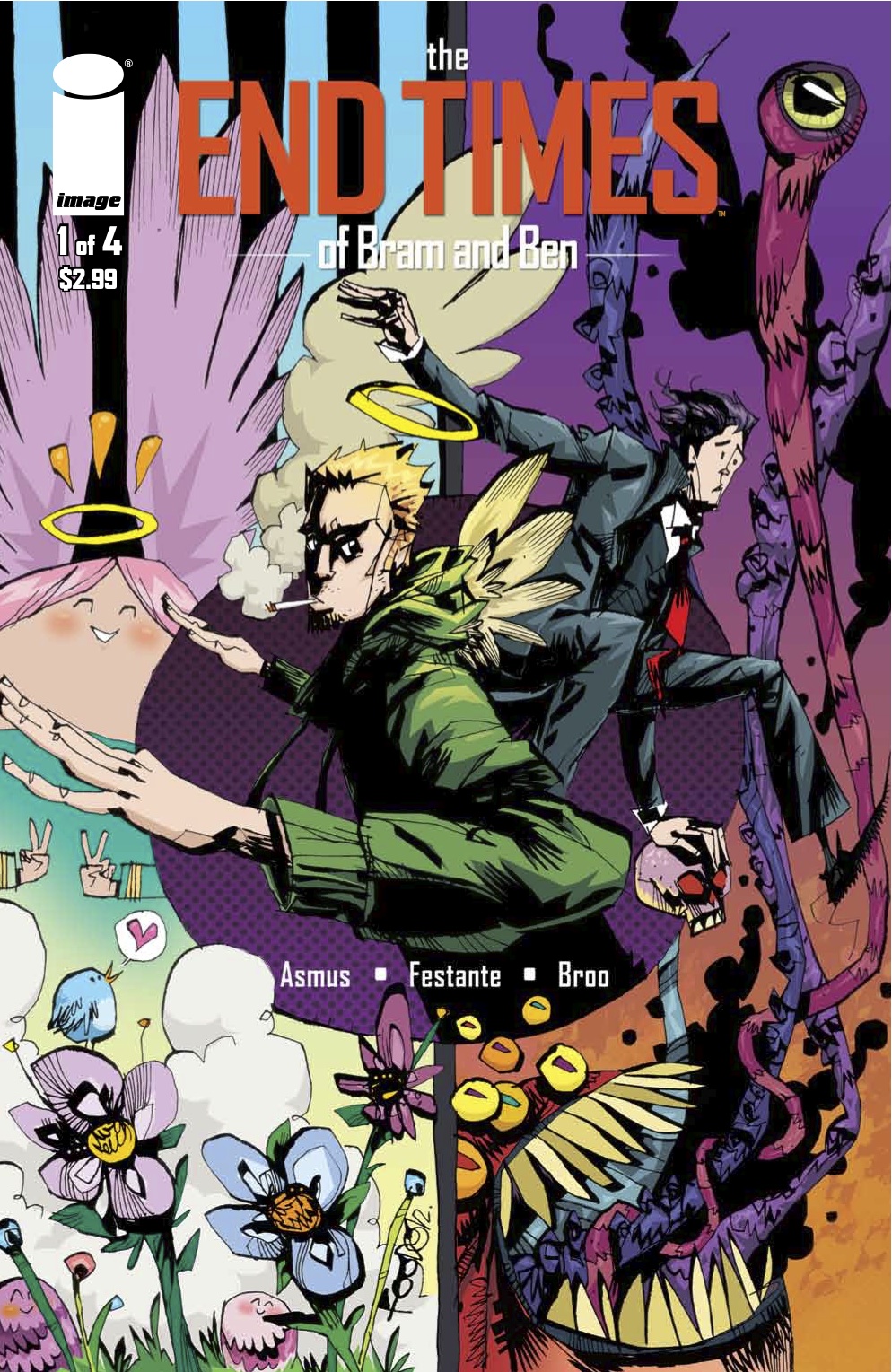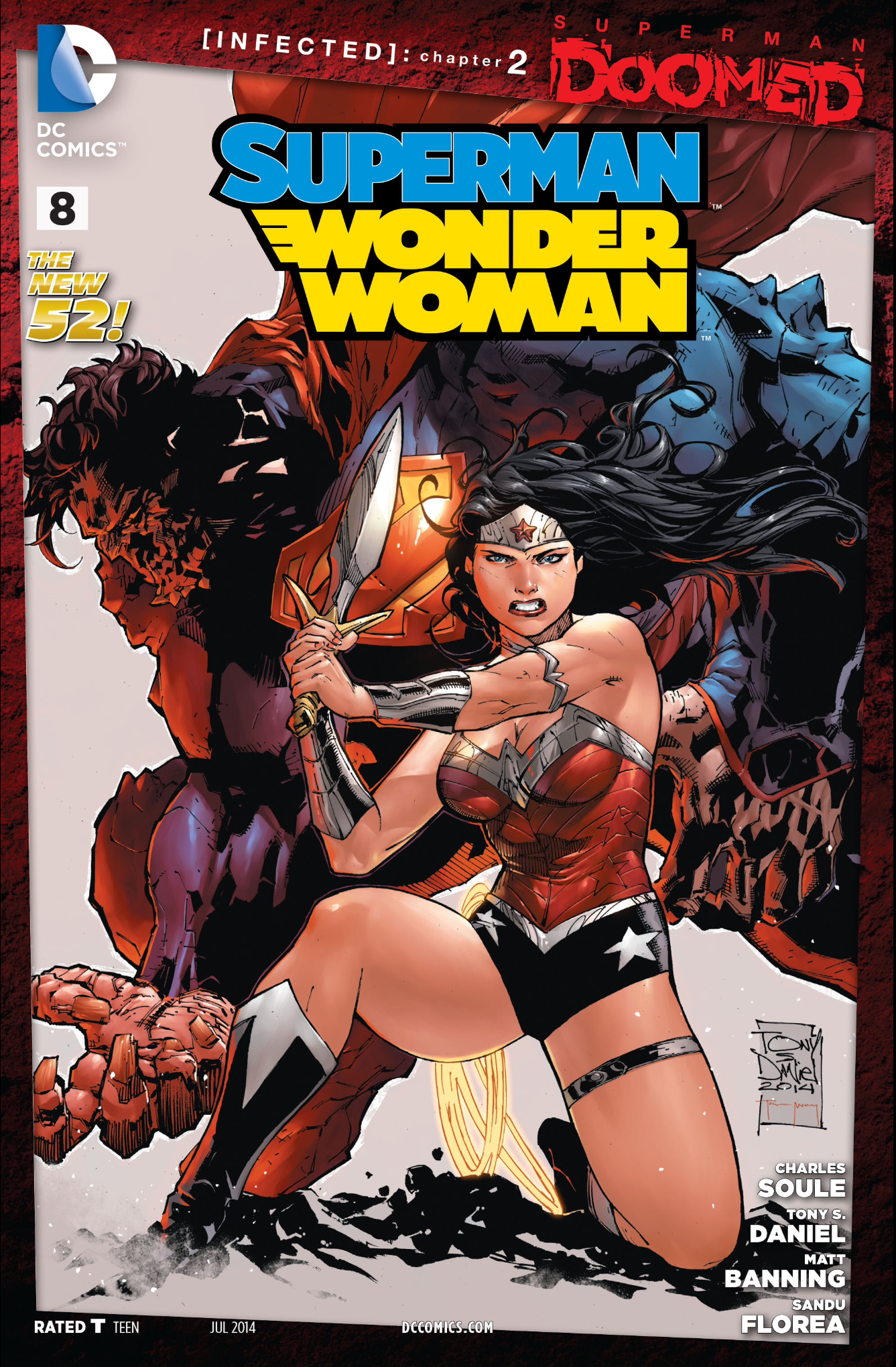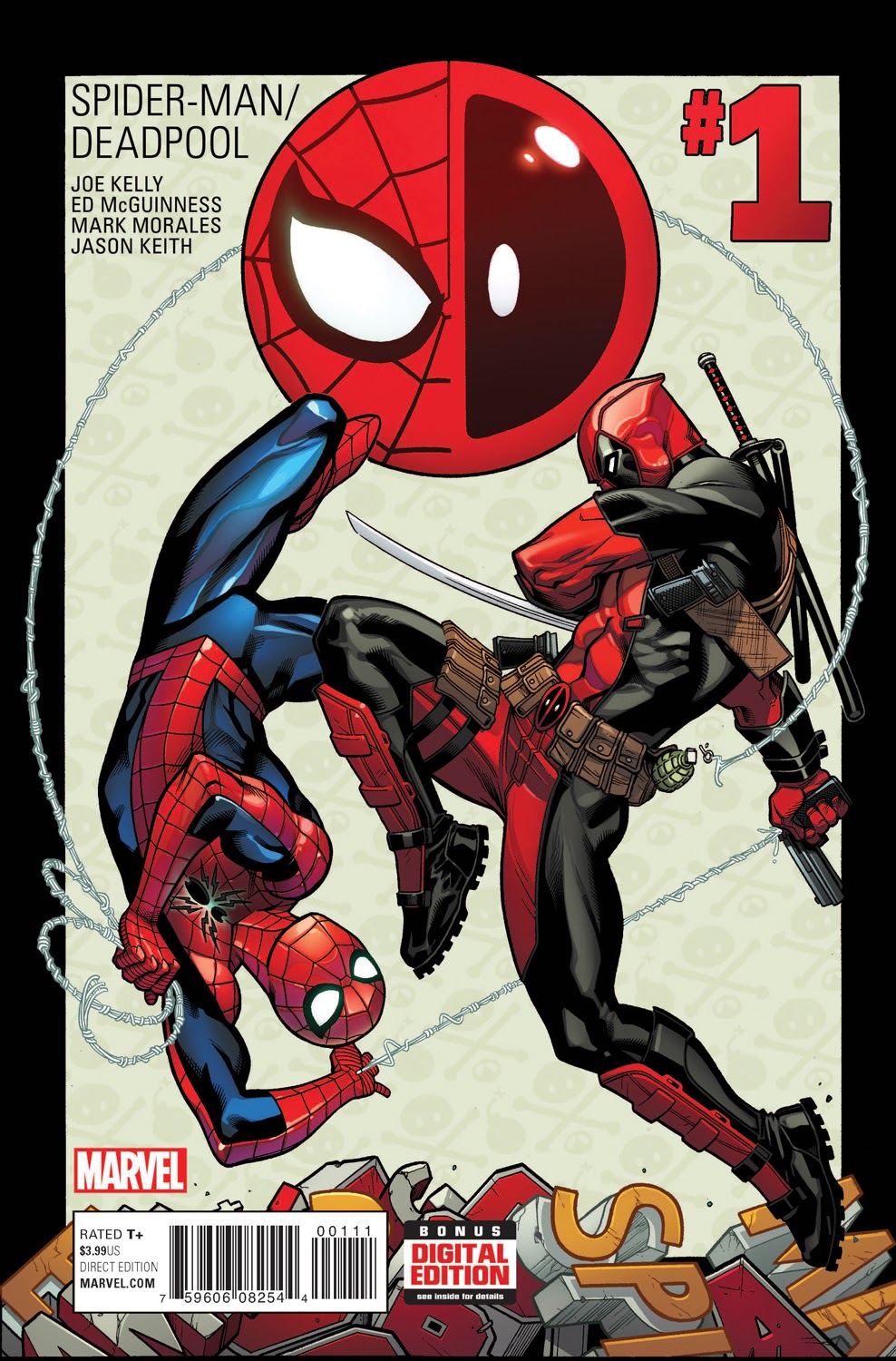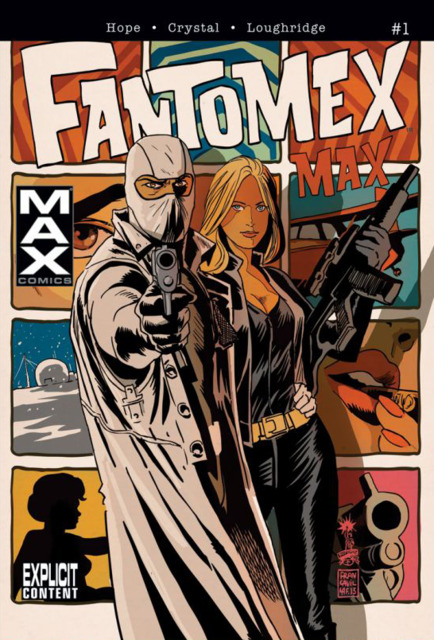
Fantomex MAX #1
Written by Andrew Hope
Art by Shawn Crystal
Colors by Lee Loughridge
Letters by Joe Sabino
Review by Joey Braccino
Fantomex MAX #1 is… interesting.
And I mean that in all it’s passive-aggressive glory.
After all the hub-bub about his new writing gig at Marvel and the is-he-or-isn’t-he-doing-Marvelman rumor-mongering, Andrew Hope’s MAX miniseries featuring everyone’s favorite pseudo-French super-thief dropped today.
And it’s… interesting.
Fantomex is (and always has been since his debut under the deft direction of Grant Morrison back in New X-Men) a tricky character to write. He’s got some quirky special talents—multiple brains, nimble acrobatics, gunslinging, and an artificial intelligence connected to his nervous system—but he’s also a throwback to French neo-noir amorality. Fantomex is, for all intents and purposes, a seductive, charming thief with super-powers and a mask. Sure, Rick Remender was able to take the character on an emotional intense journey as a central character in Uncanny X-Force, but emotional intensity isn’t exactly the focus of the MAX imprint.
Instead, Hope gives us a gritty, violent, graphic yarn light on continuity. The ladies in the book—from the damsel-in-distress, Agent Rhona Flemyng, to the predatory Alexandra Macready—rock low-cut tops and, in some scenes, no pants. Sure they carry guns and do kung fu, but they’re really just eye-candy or sexual stand-ins for what is otherwise a book that swaps engaging dialogue and storytelling for cusswords and gore. And it’s not even that gory or action-packed, really. Nor is it filled with espionage or intrigue. Missing is the energy of a heist comic or even the vibrancy of a superhero comic. Fantomex MAX #1 isn’t really anything aside from a bit of a throwback to ‘60s spy TV. And even at that, it misses the mark.
That throwback element, however, results in some of the best artwork in comics today. Shawn Crystal, a long-time inker for Marvel, brings a pop-art sensibility to Fantomex #1, mixing exaggerated lines with a Ben-Day stippling element reminiscent of Warhol and Lichtenstein. Lee Loughridge, comics legend, employs a stark color palette, filled with beiges, blues, and soft pinks. The result is a splendidly eccentric artistic amalgamation, and I much preferred looking at this book than reading it.
Verdict
Skip it. If you do buy it, it’s a great visual experience, but otherwise, it’s an empty MAX book more interested in fitting in F-words than telling an innovative, engaging story. Bummer.

